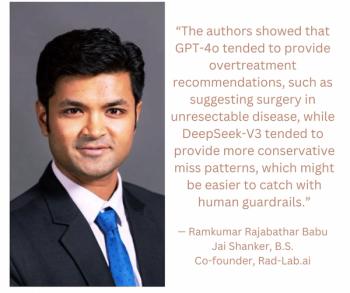
New Radiotracer Identifies Iron Levels in Tumors
Measurements can help predict which tumors will respond to targeted therapies.
A new radiotracer can measure a tumor’s iron concentration, paving the way for iron-targeted treatments for cancer patients.
In a study published in the July issue of the
Cancer cells rely on iron to have enough energy to grow. This gives them higher iron levels than healthy cells and has made the cytosolic ‘labile’ iron pool (LIP) of cancer cells an attractive target for treatment. But, there has been a need for a clear strategy for LIP measurement.
“LIP levels in patient tumors have never been quantified,” said Adam R. Renslo, Ph.D., professor in the pharmaceutical chemistry department at the University of California at San Francisco. “Iron rapidly oxidizes once its cellular environment is disrupted, so it can’t be quantified reliably from tumor biopsies. A biomarker for LIP could help determine which tumors have the highest LIP levels and might be especially vulnerable to LIP-targeted therapies.”
For their study, the team used 18F-TRX PET to image 10 tissue graft models of glioma and renal cell carcinoma in order to measure LIP, assessing tumor avidity and sensitivity to the radiotracer. They also used an animal model to determine effective human dosimetry.
According to their findings, 18F-TRX pinpointed tumor accumulation, accurately indicating LIP levels in tumors and identifying those that were most likely to responds to targeted treatments. In addition, they determined that pre-treatment 18F-TRX uptake also predicted treatment sensitivity.
“Iron dysregulation occurs in many human disorders, including neurodegenerative and cardiovascular disease, and inflammation,” said Michael J. Evans, associate professor in residence in UCSF’s radiology and biomedical imaging departments. “Applying 18F-TRX in the respective patient populations to define the extent of LIP expansion in affected tissues will be an important milestone toward understanding the therapeutic potential of LIP-targeted therapies beyond oncology.”
For more coverage based on industry expert insights and research, subscribe to the Diagnostic Imaging e-Newsletter
Newsletter
Stay at the forefront of radiology with the Diagnostic Imaging newsletter, delivering the latest news, clinical insights, and imaging advancements for today’s radiologists.




























